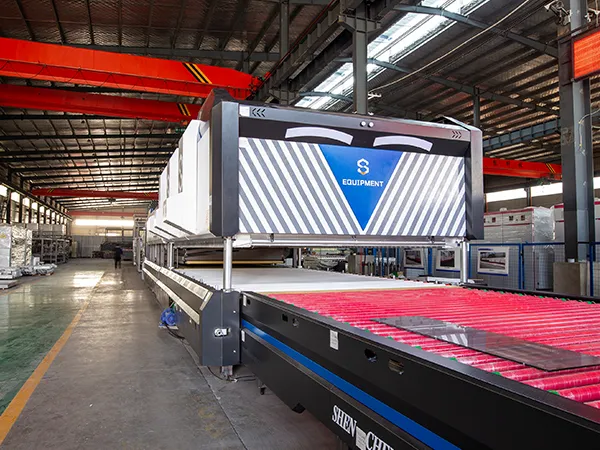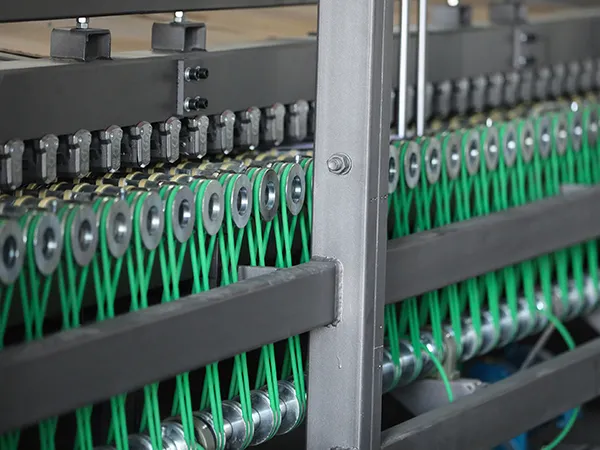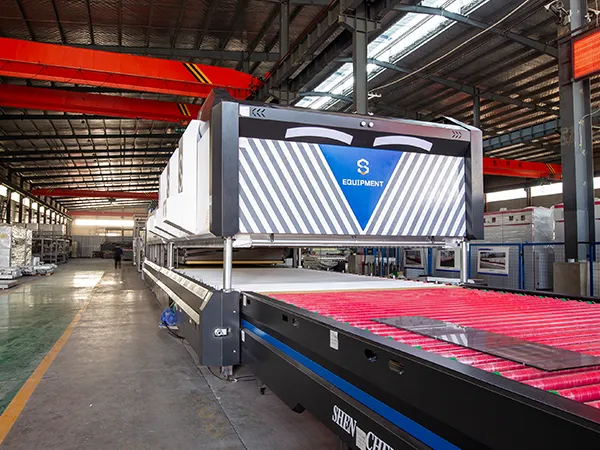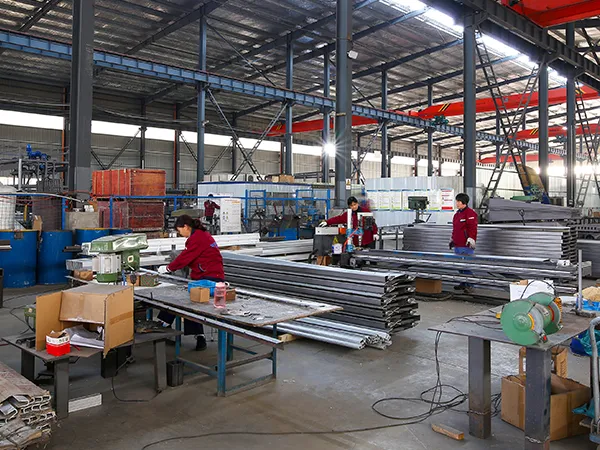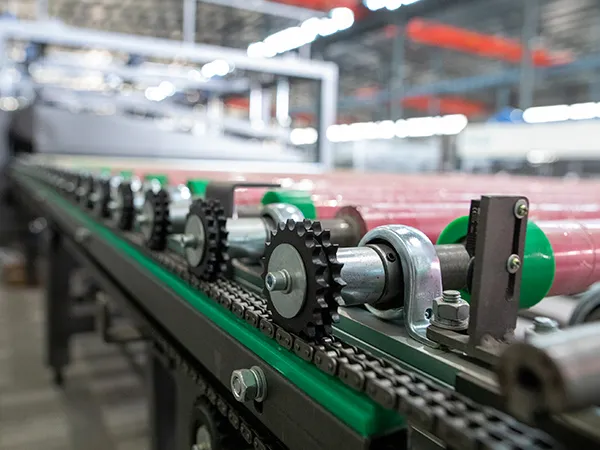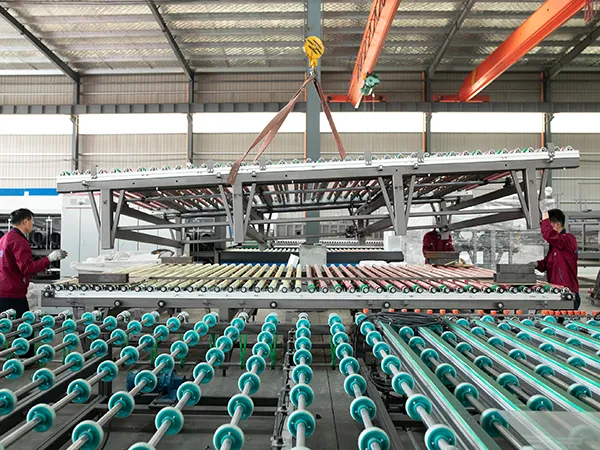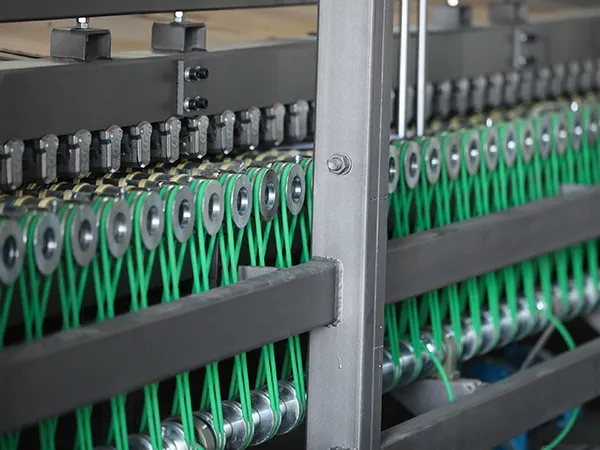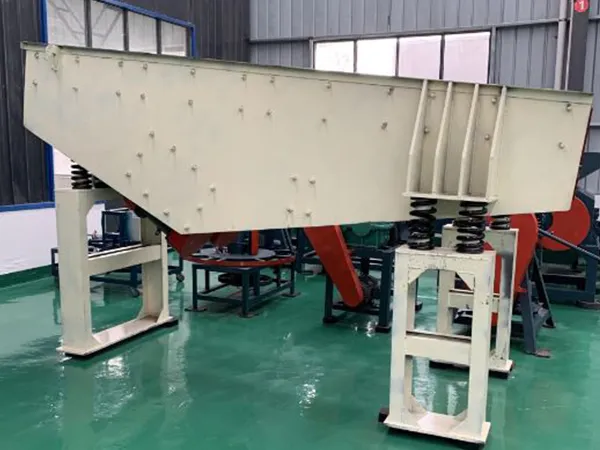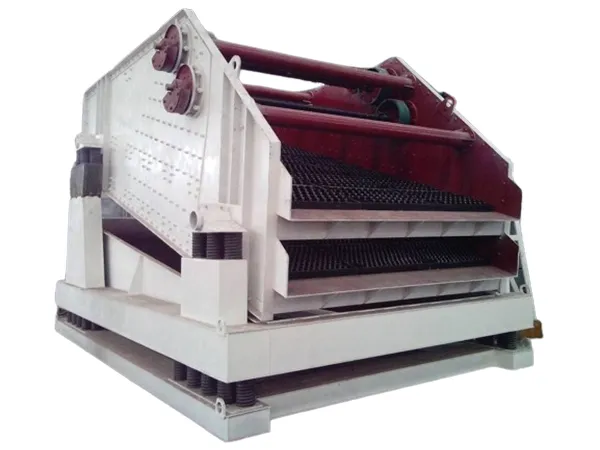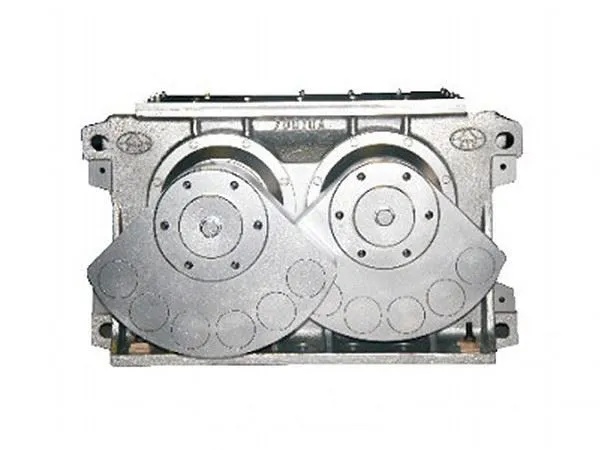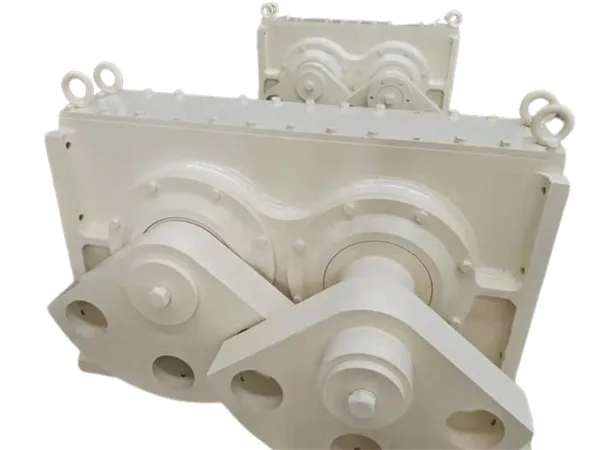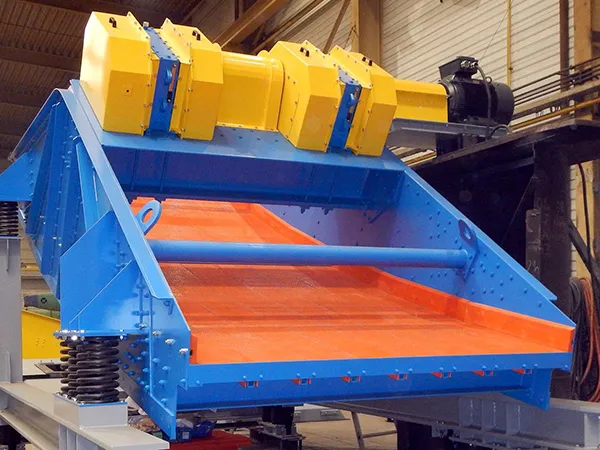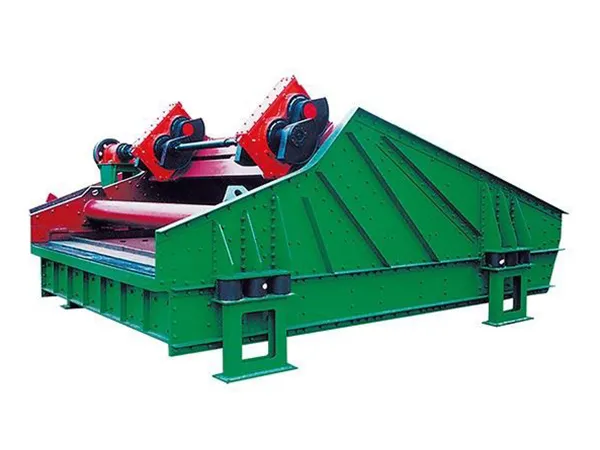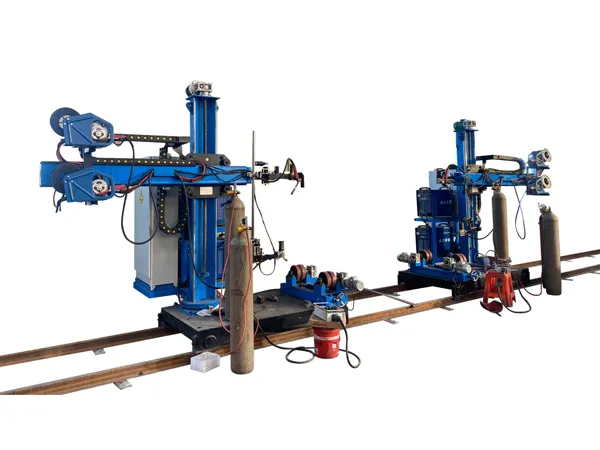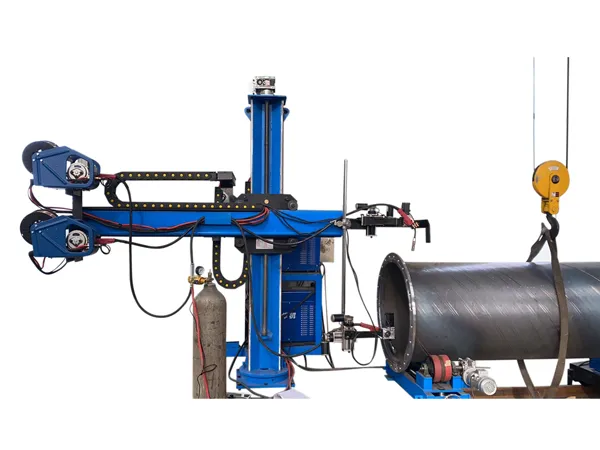UNA cojinete de giro de brida Tiene orificios de montaje perforados directamente en la cara del anillo interior o exterior. (o ambos). Esta brida permite el empernado directo a la estructura de soporte sin necesidad de anillos de sujeción separados., a menudo simplificando la disposición de montaje.
Instalación del rodamiento de giro con brida
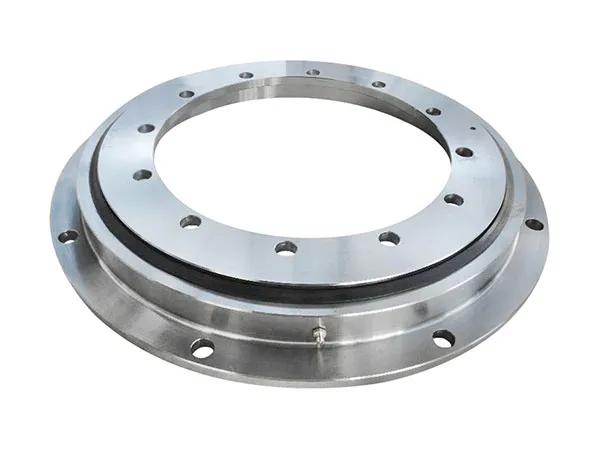
Seguridad ante todo!
EPP: Utilice equipo de protección personal adecuado (lentes de seguridad, guantes, botas con punta de acero).
Levantamiento: Los rodamientos giratorios pueden ser pesados. Utilice equipo de elevación adecuado (grúas, polipastos, eslingas) y técnicas. Nunca levante por los sellos o los dientes del engranaje, si corresponde..
Utilice puntos de elevación designados, si se proporcionan.
Bloqueo/Etiquetado: Asegúrese de que la maquinaria en la que se está instalando el rodamiento esté correctamente desenergizada y bloqueada/etiquetada antes de comenzar a trabajar..
Limpiar área: Mantener el área de trabajo limpia y libre de obstrucciones..
Herramientas y materiales necesarios:
El nuevo rodamiento de brida
Manual de instalación del fabricante.
Equipo de elevación adecuado
calificación correcta, tamaño, y sujetadores de longitud (perno, potencialmente tuercas y arandelas) – De importancia crucial! Utilice sujetadores nuevos del grado especificado por el fabricante del rodamiento o del equipo. (a menudo calificar 10.9 o 12.9).
Llave dinamométrica calibrada(es) cubriendo el rango de torque requerido
Galgas de espesores
Artículos de limpieza (paños sin pelusa, disolvente apropiado)
Lubricante para roscas de pernos. (si lo especifica el fabricante, p.ej., pasta de disulfuro de molibdeno)
Pistola de engrase y el tipo/grado correcto de grasa (según lo especificado por el fabricante)
Herramientas de medición (cinta métrica, calibrador)
mazo suave (opcional, para ajustes menores)
palancas (utilizar con extrema precaución y protección para evitar daños.)
Pasos de instalación:
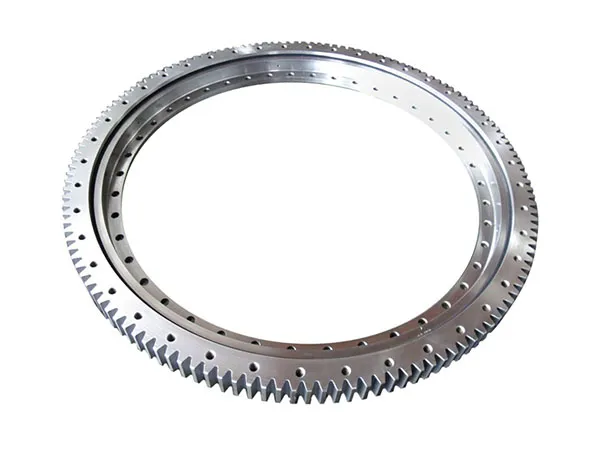
Fase 1: Preparación
Leer el manual: Lea y comprenda detenidamente el manual de instalación específico proporcionado por el fabricante del rodamiento.. Preste mucha atención a los valores de torque., grados de pernos, secuencias de apriete, y requisitos de lubricación.
Inspeccionar el rodamiento:
Desembale con cuidado el rodamiento. Verifique si hay daños en el envío.
Verifique que el número de pieza coincida con sus requisitos.
Consulta la fecha de fabricación (la grasa tiene una vida útil).
…
Para obtener información más detallada sobre la instalación del rodamiento giratorio con brida, por favor haga clic aquí: https://www.mcslewingbearings.com/a/news/flange-slewing-bearing-installation.html

